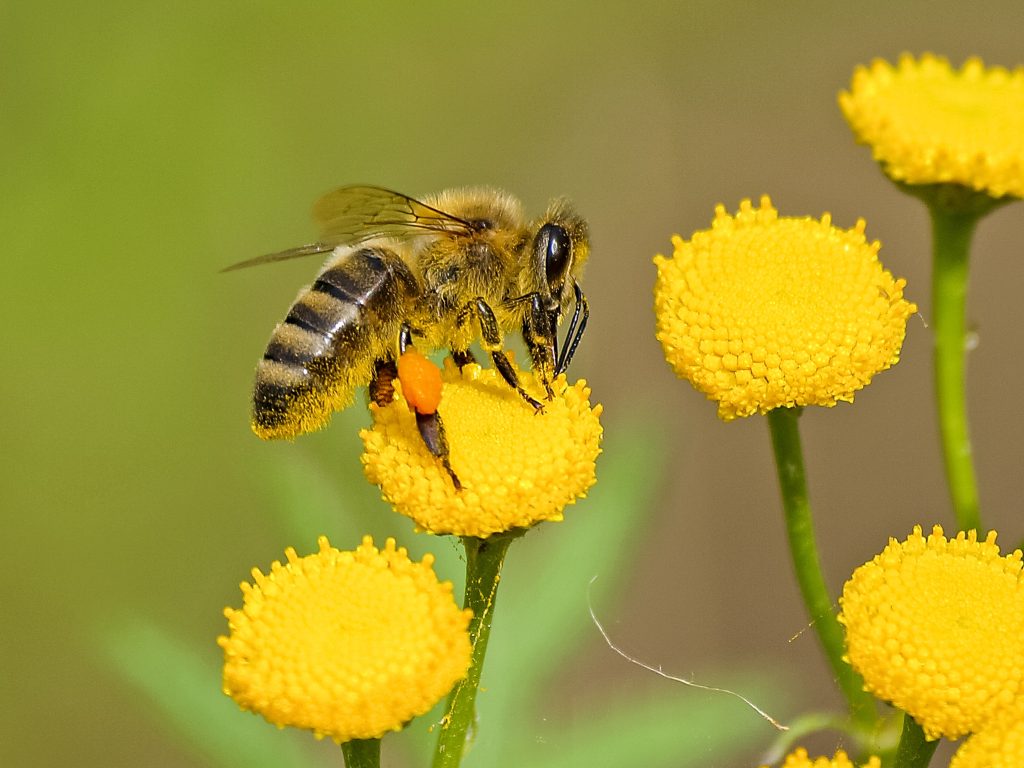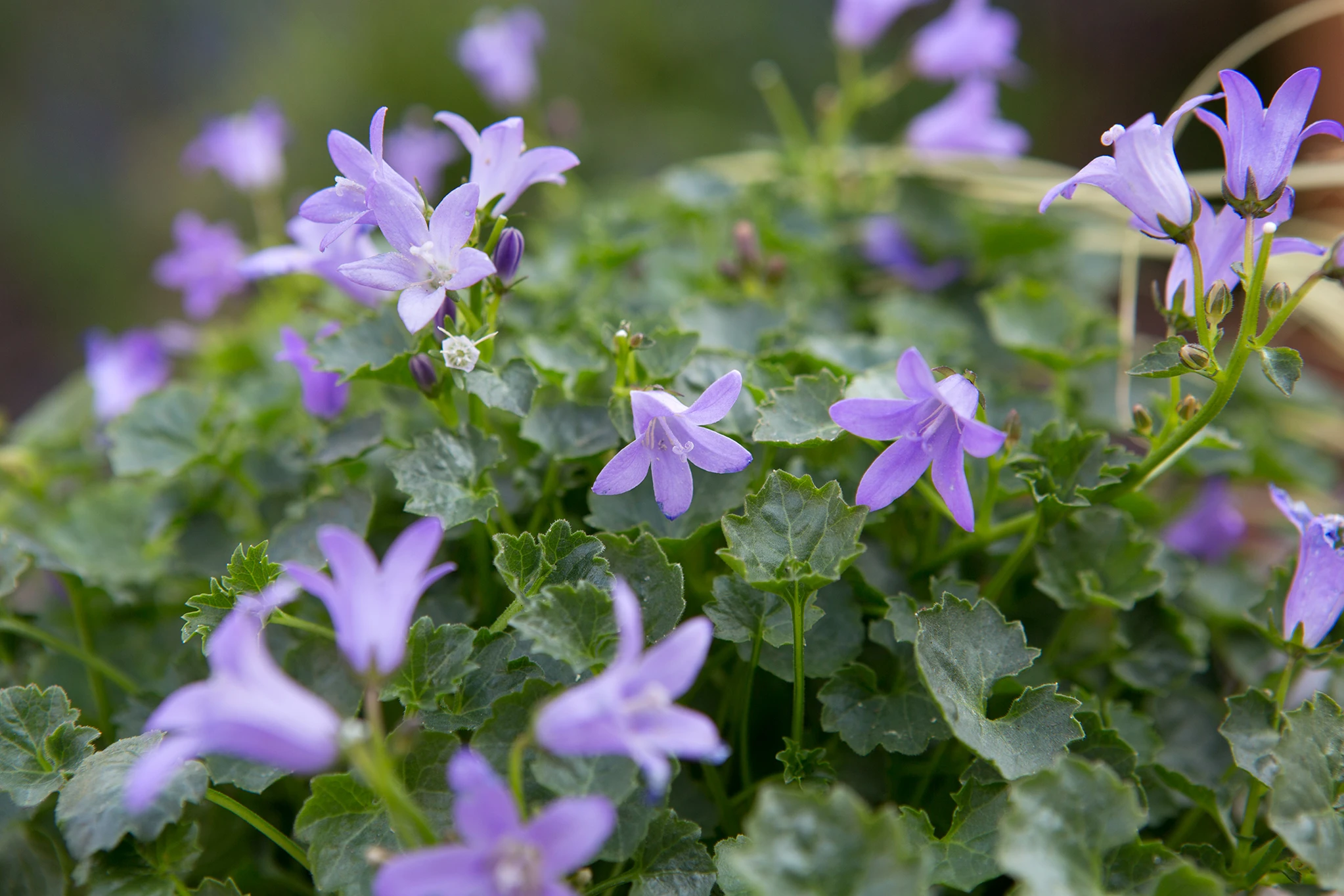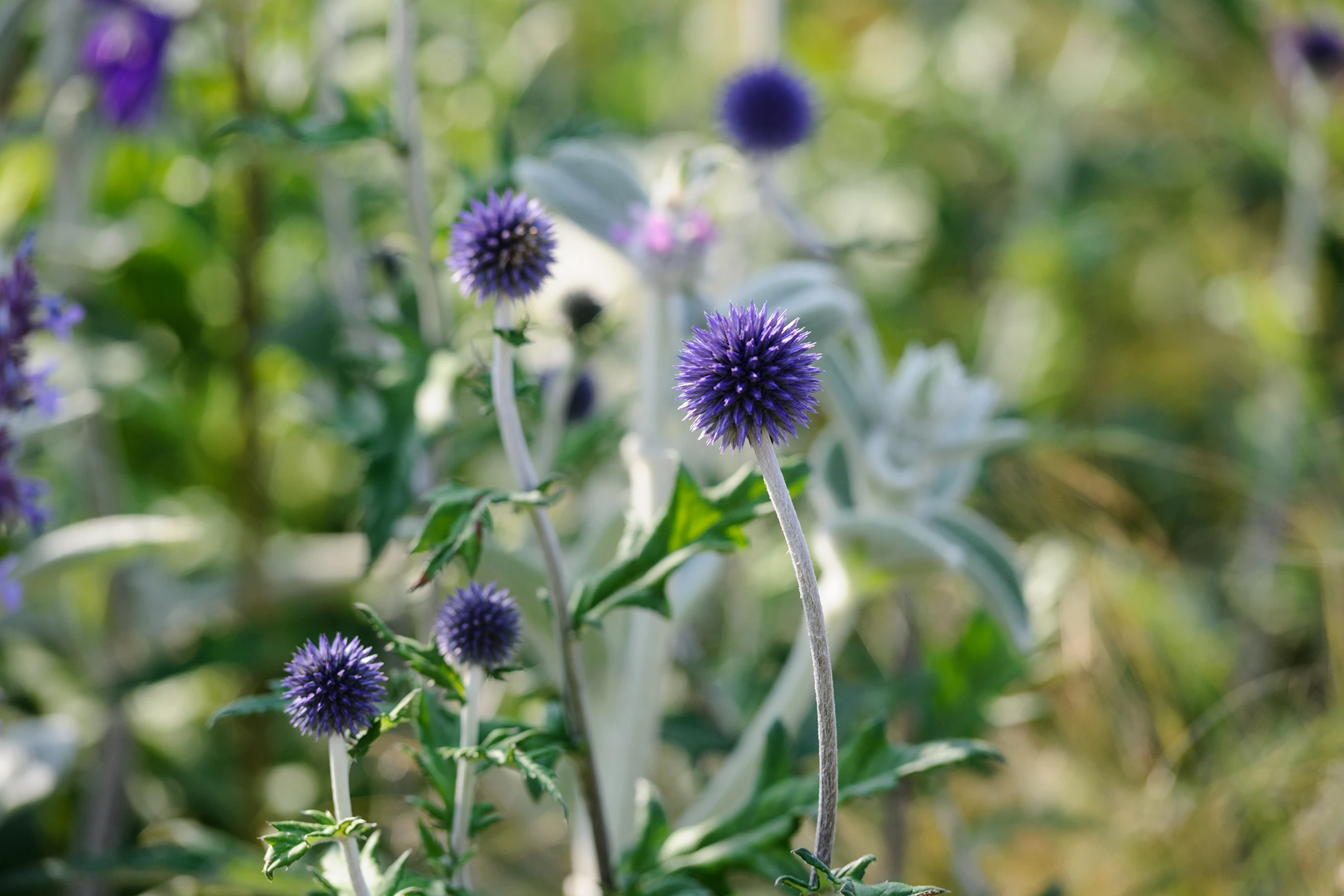
Bees are extremely important garden bugs that pollinate many of our favorite edibles and ornamentals. Native plants are always a great choice for attracting native bees, but many ornamental flowers will also help feed and support the bee population. When selecting plants, be sure to choose flowers bees love that bloom at various times throughout your growing season.
This will ensure that bees have a reason to return to your backyard month after month. Plant these flowers that attract bees.
How to grow plants for bees
Choose single, open flowers where you can see the central part of the flower – where the bees can access the nectar and pollen. Different bees are active at different times of the year. Some emerge from hibernation as early as February, while others are still flying in November. To give bees the best possible chance to thrive, it’s therefore important to grow flowers from late winter to autumn – all year round if possible.
Planting spring bulbs? A great way to help bees in spring is to plant spring-flowering bulbs in autumn. Bulbs are hardy and reliable plants, so you can guarantee the bees will have a source of pollen and nectar when there’s little else in flower.
Planting bulbs in containers is an easy way to ensure you don’t miss their colourful displays, especially if they’re along the front path, next to the back door or on your patio. Choosing varieties that are rich in both nectar and pollen will be a lifeline for the first emerging bumblebees, some of which come out from hibernation as early as February. Plant bulbs that flower over a long season, including early-flowering crocus and late-spring flowering fritillaries. By combining bulbs, you’ll not only create eye catching pots but attract different pollinators, too.
Grow single flowers for bees

Best plants for bees – single flowers
Most double flowers are of little use, as they have so many petals the bees can’t get to the central part of the flower, where the nectar and pollen are found. Roses and dahlias are often bred to have double flowers, but there are plenty of beautiful single-flowered varieties to grow, instead.
Grow purple flowers for bees

Best plants for bees – single flowers
Bees can see the colour purple more clearly than any other colour, and some of the best bee plants, such as lavender, alliums, buddleia and catmint, have purple flowers. That said, many flowers in other colours will still attract bees, so don’t pull them up!
Grow tubular-shaped flowers for bees

Best plants for bees – tubular flowers
Tubular-shaped flowers such as foxgloves, honeysuckle, penstemons and snapdragons are an important source of food for long-tongued bees such as the garden bumblebee, Bombus hortorum.
Grow flowers all year round

Best plants for bees – grow flowers all year round
Most bees are most active from March to September, but some emerge from hibernation early in mild winters, while buff-tailed bumblebee queens will occasionally start nesting in autumn, rather than hibernating, establishing a ‘winter colony’. Aim to have at least two nectar- or pollen-rich plants in flower during winter. Plants like winter honeysuckle and winter clematis are perfect for the job.
Spring flowers for bees

Best plants for bees – spring flowers for bees
- Bluebell
- Bugle
- Crab apple
- Crocus
- Flowering cherry and currant
- Forget-me-not
- Hawthorn
- Primrose
- Pulmonaria
- Rhododendron
- Rosemary
Early-summer flowers for bees

Best plants for bees – early summer flowers for bees
- Campanula
- Comfrey
- Delphinium
- Foxglove
- Hardy geranium
- Honesty
- Hollyhock
- Potentilla
- Snapdragon
- Stachys
- Teasel
- Thyme
- Verbascum
Late-summer flowers

Best plants for bees – late summer flowers for bees
- Aster
- Buddleja
- Cardoon
- Cornflower
- Dahlia (single-flowered)
- Eryngium
- Globe thistle
- Goldenrod
- Heather
- Ivy
- Lavender
- Penstemon
- Scabious
- Sedum
- Verbena bonariensis
